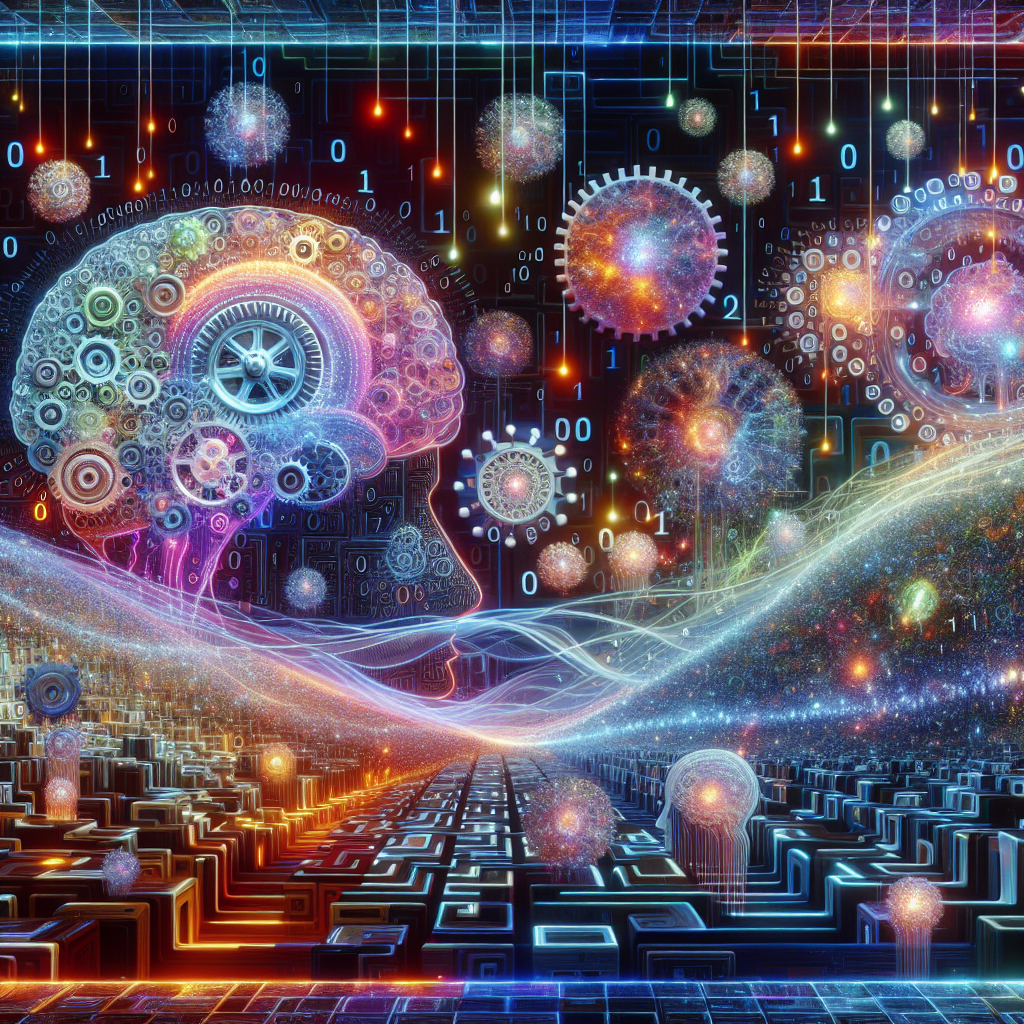The Dichotomy of Hallucinations in AI: A Feature or Bug?
Artificial Intelligence (AI) has captivated our imagination, promising to redefine our interaction with technology. However, as we venture deeper into the realm of AI, a term has emerged that both intrigues and confounds – "hallucinations." This concept serves as a double-edged sword; it can be viewed as either an exciting feature or a troublesome bug. Understanding this dichotomy is crucial as we navigate the complex landscape of AI and its implications for various industries.
Understanding Hallucinations in AI
Hallucinations in AI refer to instances when machine learning models generate outputs that are not grounded in reality or factual data. This phenomenon can manifest in various forms, such as faulty responses in chatbots, distorted images in generative models, or the unexpected blending of knowledge from disparate sources. The challenge lies in discerning whether these outputs are merely errors or if they represent a new frontier in adaptive learning.
The juxtaposition of hallucinations as a feature versus a bug hinges on the application. In some contexts—such as creative endeavors like art and music generation—these "hallucinations" can spark innovation and new ideas, pushing the boundaries of conventionality. Conversely, in critical applications like healthcare or legal systems, inaccuracies can lead to dire consequences, urging developers and researchers to tread carefully.
The Evolution of AI and Relational Databases
For decades, relational databases have been the backbone of software development, underpinning how we store and retrieve information. Their primary strength lies in structure and precision. However, their inherent rigidity poses a significant limitation: they cannot adapt or interpolate beyond their predefined parameters. This is where modern AI introduces a refreshing twist.
Imagine an AI model that transcends these limitations, capable of adapting and learning from diverse datasets. It can fill in gaps between knowledge points, crafting responses that can feel remarkably intuitive. This is the allure of AI—its ability to process and integrate information in a way that simulates human-like reasoning. As we explore the capabilities of AI, it becomes clear that this adaptive nature is where the magic—and the pitfalls—lie.
The Fine Line Between Innovation and Confusion
The rapid evolution of AI technologies often breeds confusion across industries. When a new term gains traction, it tends to create a ripple effect, influencing perceptions and expectations. Hallucinations, in this context, can lead to misconceptions about AI's capabilities and limitations. The buzz surrounding AI often lacks clarity, causing both excitement and skepticism.
There’s a peculiar irony in how the term "hallucinate" has become synonymous with both innovation and error. While the ability to interpolate—drawing connections across different domains of knowledge—is revolutionary, it raises the question of trust. How can we rely on an AI that sometimes produces fantastical outputs? The industry must work collaboratively to address these challenges, ensuring that users have a clear understanding of what AI can and cannot do.
Building Trust in AI Outputs
As we continue to integrate AI into various sectors, establishing trust becomes a pivotal concern. The question looms: is there a pathway to achieving reliable outputs from AI? Trust in AI systems relies on transparency, accountability, and robust validation processes. Stakeholders, including developers, users, and regulatory bodies, must engage in ongoing dialogues about the ethical implications of AI, emphasizing what constitutes a "trusted" output.
One approach to enhance trust is to implement layers of validation that allow for human oversight. Leveraging human-AI collaboration can mitigate the risks associated with hallucinations, ensuring that AI serves as a tool rather than a decision-maker. This symbiotic relationship can enhance both creativity and accuracy while fostering a culture of responsible AI usage.
Conclusion: Embracing the Complexity of AI
In the grand narrative of artificial intelligence, the phenomenon of hallucinations serves as a microcosm of the broader complexities we face. Hallucinations may indeed be a feature, enabling creativity and innovation, or a bug that necessitates caution and regulation. As we stand at this crossroads, it is vital to embrace the complexities, recognizing that AI is an evolving field ripe with potential, yet fraught with challenges.
Navigating this landscape requires a harmonious balance between optimism and critical thinking. By understanding the strengths and weaknesses of AI—especially in relation to hallucinations—we can foster a future where technology empowers humanity rather than misleading it. The dialogue around AI must continue to evolve, paving the way for responsible development and innovative applications that benefit society at large.
For further insight on this topic, consider exploring the following resources:
source:
https://www.youtube.com/watch?v=_xfLogI8bKg
Related News
- Navigating the Complex World of AI: A Dive into Recent Developments and Controversies
- The Potentials and Perils of AI: A Philosophical and Practical Exploration
- Navigating the Labyrinth: The Rise of AI and Its Implications
- The Tipping Point: Navigating the Uncharted Waters of Advanced AI
- Navigating the Brave New World of AI and Modern Technology: A Zesty Take
